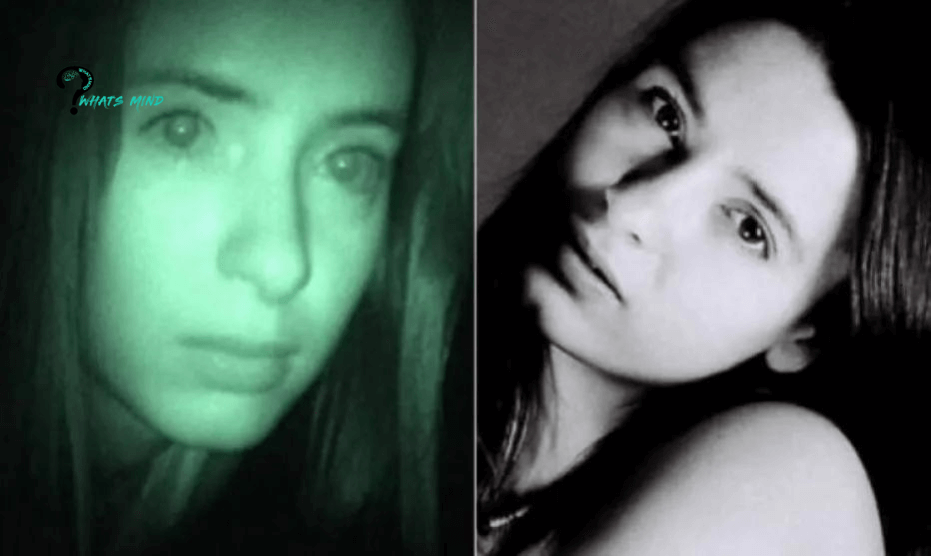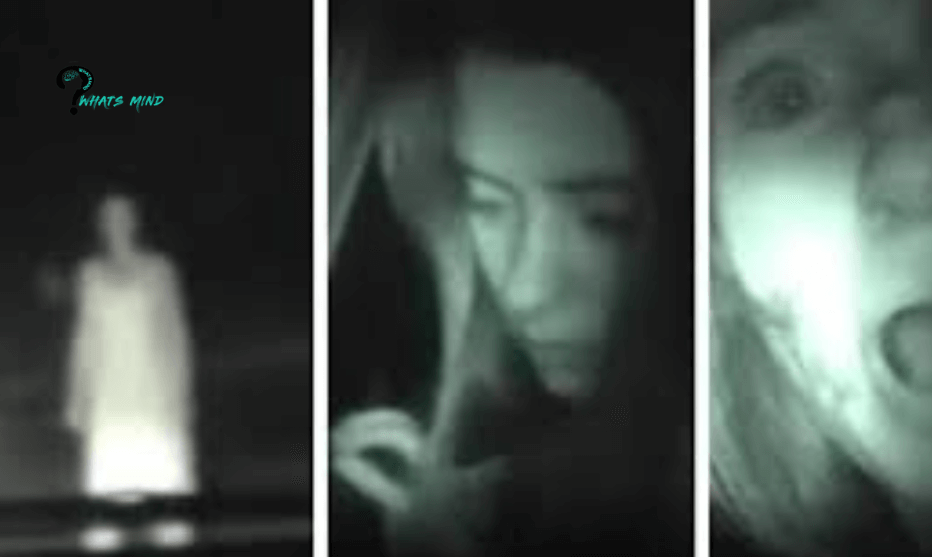Teresa Fidalgo Legend
Can a ghost story truly transcend the boundaries of the digital realm and take root in the collective consciousness, provoking both fear and fascination? The enduring legend of Teresa Fidalgo, a chilling tale born from the nascent internet, serves as a compelling case study in the power of narrative and the human predisposition to believe in the unknown.
The narrative of Teresa Fidalgo, a fictional creation, continues to echo across the digital landscape. This enduring presence is a stark reminder of our fascination with the macabre, the mysteries that dance between fact and fiction, and the enduring power of storytelling.
Let's delve into the enigma and unearth the truth behind the legend.
| Legend Name | Teresa Fidalgo |
| Type | Urban Legend, Ghost Story |
| Origin | Early 2000s, Internet |
| Common Elements |
|
| Key Locations | Sintra, Portugal (specifically the area known as "A Curva" "The Curve") |
| Popularity Drivers |
|
| Authenticity | Entirely fictional; no credible evidence to support the existence of Teresa Fidalgo or any related events. |
| Cultural Impact |
|
| Associated Themes |
|
| Notable Mentions | Viral video purportedly depicting Teresa Fidalgo's appearance. |
| Reference Website | Snopes.com (for fact-checking and myth debunking) |
Teresa Fidalgo is a fictional character, the product of a ghost story that gained significant traction across the internet in the early 2000s. It offers a fascinating example of how the internet can be a breeding ground for urban myths and legends, fueled by collaborative storytelling and multimedia dissemination.
The legend of Teresa Fidalgo has been transmitted through various channels, including word of mouth, online forums, and social media platforms. The tale typically unfolds in the following way: if one is driving alongside a road in Sintra, Portugal, the purported location of her demise, and stops the car, turning off the engine, the ghost of Teresa Fidalgo will manifest.
While the legend itself is a fabrication, its evolution and widespread dissemination highlight the capacity of online communities to shape and amplify narratives. The story's origins remain shrouded in ambiguity, yet it has circulated extensively across social media, websites, and videos that purport to showcase paranormal encounters with Teresa Fidalgo's ghost.
Teresa Fidalgo's narrative mirrors the "White Lady" legend, a common motif in folklore worldwide. These stories often involve a female figure believed to have died or been traumatized during her lifetime, frequently due to the loss or betrayal by a fianc or husband. The tale, at its core, draws upon deeply rooted human anxieties.
The legend first surfaced in 2003, propelled by a short video clip that claimed to capture a paranormal encounter. Interestingly, the Teresa Fidalgo legend has left a tangible imprint on the local areas associated with the story, particularly in Portugal.
Despite the chilling tale and the "evidence" presented in the viral video from "A Curva," there are numerous reasons to treat the Teresa Fidalgo legend with skepticism.
No credible historical records have been discovered to corroborate the existence of a woman named Teresa Fidalgo who died in a car accident in Portugal during the 1970s or 1980s, as the narrative claims.
The legend of Teresa Fidalgo first garnered widespread attention in 2003 when a video surfaced online, depicting a group of friends driving at night. During their drive, they encounter a mysterious young woman in white, who identifies herself as Teresa Fidalgo.
She is often portrayed as a spectral figure linked to tragic narratives, frequently revolving around themes of love, loss, and betrayal. The core of the story revolves around a young woman named Teresa Fidalgo, who purportedly perished in a car accident in 1983.
The legend of Teresa Fidalgo began to gain traction in the early 2000s, specifically after a viral video surfaced online. This video depicted a haunting encounter with Teresa's spirit, where she is said to appear to unsuspecting travelers on a desolate road.
The widespread dissemination of the Teresa Fidalgo story serves as a prime example of how the internet facilitates the creation and propagation of urban legends. The anonymity and vast reach of the online world allow for the rapid dissemination of narratives, often with little regard for factual accuracy. The story taps into primal fears and anxieties.
The story of Teresa Fidalgo, like many urban legends, plays on our innate fascination with the unknown. The idea of a spectral figure, forever bound to the location of her tragic demise, is a chilling prospect. The details vary, but the core elements of the storya lonely road, a mysterious encounter, and a ghostly presenceare all designed to evoke a sense of unease and apprehension.
The legend's longevity is, in part, due to its adaptability. The story has been retold and reimagined across different platforms, from online forums and social media to video platforms, allowing it to reach new audiences and maintain its relevance. Each retelling can introduce new details or variations.
The "A Curva," the infamous curve associated with the story, has become a focal point for those interested in the paranormal and a place where the legend has taken on a physical dimension. This interaction has had a tangible impact, drawing individuals and sparking curiosity about the legend's veracity and potential reality.
The story often portrays Teresa as a victim, her ghostly presence a consequence of a tragic life cut short. This element of vulnerability can make the legend particularly compelling. Audiences are invited to empathize with Teresa, increasing their emotional investment.
The viral video, a crucial component of the Teresa Fidalgo legend, played a pivotal role in its initial spread and enduring popularity. The video's impact lay in its apparent documentation of the paranormal. While its authenticity is disputed, the video served as "evidence."
The legend of Teresa Fidalgo underscores the power of communal storytelling and the internet's capability to transform and disseminate narratives. The internet's structure helps fuel these myths, contributing to their evolution.
While the Teresa Fidalgo legend is clearly a work of fiction, it illustrates the dynamics of belief and how stories can resonate in the digital age. The story demonstrates the human fascination with the macabre and the enduring allure of mysteries that blur the boundaries between reality and imagination.
The story of Teresa Fidalgo, born from the digital landscape, offers a compelling reflection on the impact of storytelling. This legend continues to challenge our perceptions and captivate audiences, demonstrating the powerful influence of digital communities.
The ability of the internet to facilitate the spread of urban legends like Teresa Fidalgo highlights the importance of critical thinking. The rapid and unchecked propagation of information online demands that individuals approach all content with a discerning eye.
The enduring fascination with the legend also underscores the enduring power of ghost stories. The appeal is a combination of fear, mystery, and the inherent human desire to understand the unknown. Stories like Teresa Fidalgo's persist because they tap into these timeless themes.
In the realm of urban legends, the lines between reality and fiction become blurred. The story's longevity and impact are a testament to the power of narrative, the allure of the unknown, and the human capacity for belief. The legend's ongoing presence is a potent reminder of the ongoing influence of the digital age.
The legends continued presence in the digital landscape serves as a testament to the power of storytelling in shaping our beliefs. As the story continues to evolve, it highlights the human fascination with the unknown, the macabre, and the mysteries that exist between fact and fiction.
The story is a potent reminder of the digital age, illustrating the capacity for narrative to transcend and the human impulse to seek out the mysterious.
The story's long-term resonance continues to fascinate and to explore our relationship to stories, the internet, and the mysteries that remain at the periphery of our comprehension.


